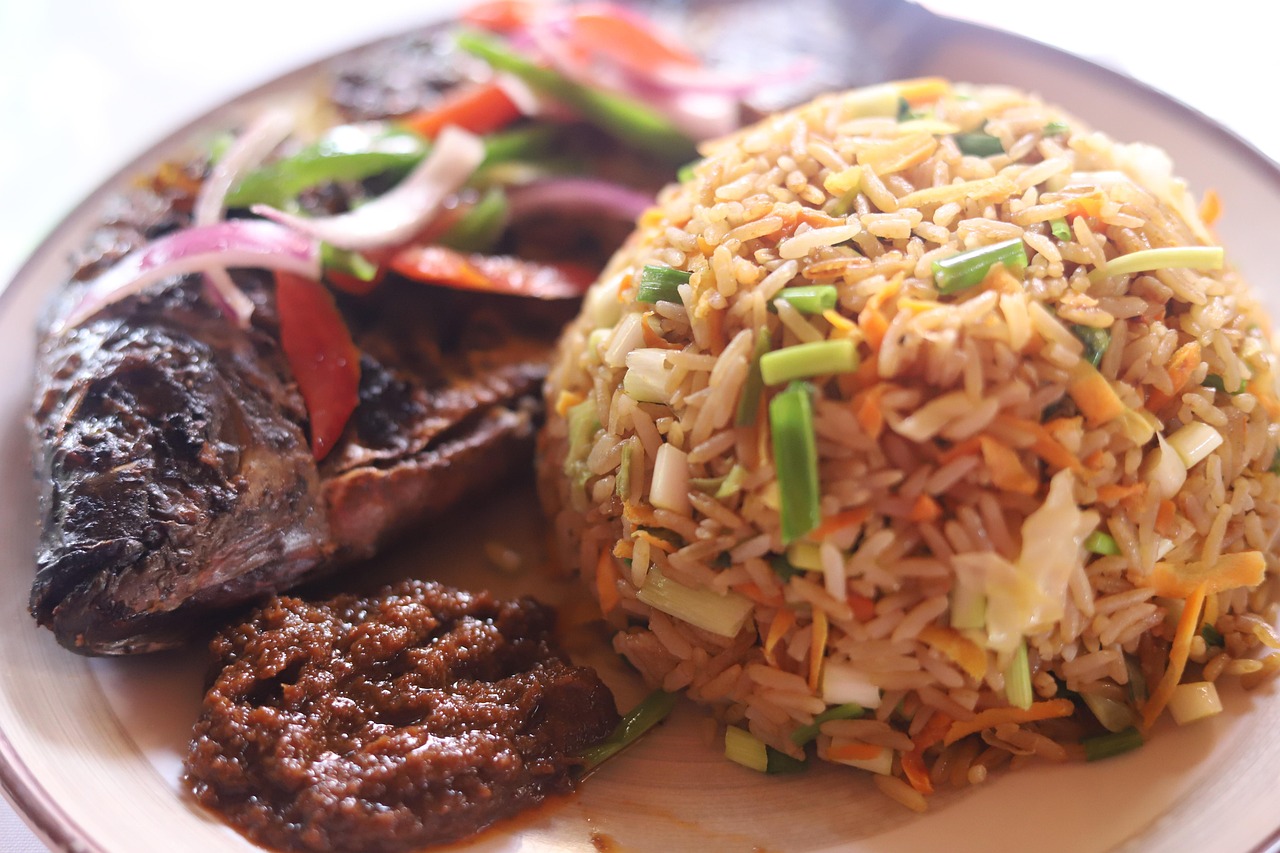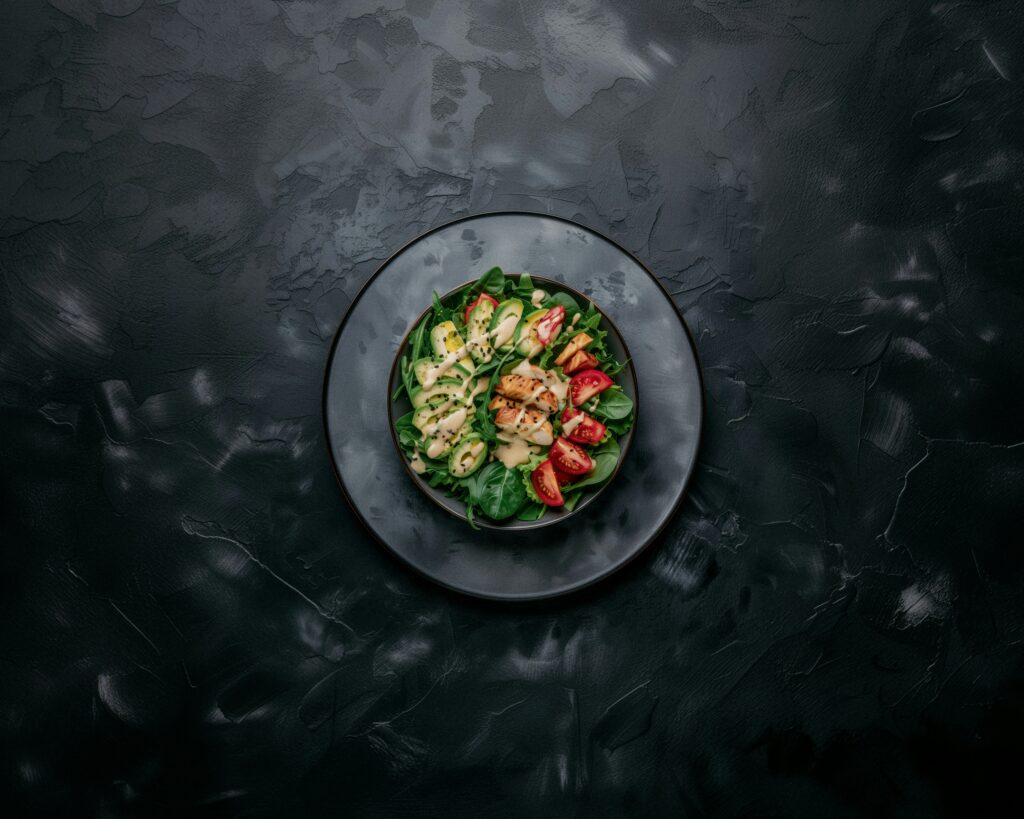Why Regional Cuisine Still Rules in 2026
Global dining isn’t about novelty anymore it’s about roots. The flash and fusion of the early 2000s gave way to something quieter but more enduring: a reverence for local ingredients and traditional techniques that have stood the test of time. From hand ground spices in North Africa to wood fired ovens in rural Italy, what’s old is not only relevant it’s revered.
As more travelers chase meals instead of monuments, culinary tourism has become a serious cultural force. People no longer want just a taste they want the story, the texture, the process. That shift bleeds into home kitchens, too. Instead of shortcuts and substitutions, we’re seeing cooks seek out the real deal: the clay pot, the unfiltered fish sauce, the good miso.
And while fusion once meant creativity, now it often reads as lost in translation. Audiences and eaters are craving realness. Authenticity doesn’t mean inflexible it means informed. It means understanding the why behind a method, not just copying the flavor. In 2026, the most respected cooks aren’t the ones reinventing dishes they’re the ones revealing them.
Asia: Bold, Balanced, and Technique Driven
Asia’s culinary traditions are among the world’s oldest and most diverse, with each country offering a distinct food philosophy centered around balance, technique, and a deep respect for ingredients. From street food to home kitchens, authenticity is rooted in preparation methods that have been passed down for generations.
Thailand: The Five Flavor Balance
Thai street food is more than just quick and accessible it’s an art of balance. Every dish, from a bowl of tom yum soup to a plate of pad thai, hinges on harmony between five key flavor elements.
Mastering the Thai Flavor Profile:
Sweet: Often from palm sugar or coconut milk
Sour: Introduced through lime juice, tamarind, or vinegar
Salty: Sourced from fish sauce or soy sauce
Spicy: Delivered by a variety of fresh and dried chilies
Umami: Anchored by fermented ingredients like shrimp paste
Key Street Dishes to Explore:
Som tum (green papaya salad)
Moo ping (grilled pork skewers)
Khao man gai (Thai style chicken and rice)
Japan: Everyday Elegance in Home Cooking
Japanese cuisine is defined by its precision, seasonality, and subtlety. Even the most humble home cooked meals reflect meticulous preparation, harmony, and a sense of respect for ingredients.
Essentials of Japanese Home Dishes:
Miso Soup: A daily staple with variations based on region and season
Tamagoyaki (Rolled Omelet): Slightly sweet, often layered carefully using a rectangular pan
Seasonal Side Dishes: Pickled vegetables, simmered kabocha squash, or blanched greens with sesame
Core Principles:
Cook in small batches to preserve flavor integrity
Use dashi (stock) as the foundation for subtle taste
Emphasize presentation, even in casual meals
South India: Breakfast With Soul
Hearty, nourishing, and naturally vegetarian friendly, South Indian breakfasts are rooted in technique and flavor layering. These dishes are traditionally made from fermented batters and are often served hot, fresh, and with a variety of chutneys and sambar.
Staple Dishes:
Idli: Steamed rice and lentil cakes, soft and fluffy
Dosa: Crisp or soft crepes made from the same base as idli, often filled with spiced potatoes
Coconut and Tomato Chutney: Freshly ground and tailored to region and taste
Sambar: A lentil based vegetable stew with tamarind and spice
Cooking Tips:
Fermentation is essential allow batter to rest overnight for full flavor
Cook on cast iron or seasoned tawas for best texture
Pair every item with multiple chutneys for contrast
From Bangkok’s bustling food stalls to quiet Tokyo kitchens and the aromatic homes of Chennai, Asia’s cuisines hold fast to tradition while continuing to evolve with care and creativity.
Europe: Comfort Foods With Deep Roots
Europe’s food culture isn’t just about refinement it’s about history, geography, and getting the details right. In Italy, pasta isn’t one size fits all. The shape says everything. Ribbon like tagliatelle clings to thick, meaty ragù. Short, twisted trofie pairs naturally with slick pesto from Liguria. Tubes like rigatoni hug onto creamy Roman sauces like cacio e pepe or carbonara. The match is intentional, and when done right, elevates the dish from good to unforgettable.
In France, the conversation moves away from Paris and into clay pots and countryside kitchens. Cassoulet in the southwest slow cooked beans, duck confit, and sausages is about patience and layering flavor. Ratatouille, a Provençal classic, celebrates humble vegetables cooked just right. Then there are galettes from Brittany. Rustic buckwheat crepes filled with egg, ham, and cheese they sound simple, but the technique demands attention.
Eastern Europe goes straight to the soul. Dumplings like pierogi or pelmeni are filled, folded, and boiled by hand, often as a family affair. Stews whether it’s Hungarian goulash or Polish bigos aren’t rushed. They tell time in hours, not minutes, and every step builds warmth. Fermented staples cabbage, cucumbers, dairy show up in nearly every meal, supporting digestion and adding complexity.
These aren’t fancy dishes. They’re rooted, resourceful, and stubbornly authentic. And that’s exactly what keeps them alive generations later.
Africa: Spice, Smoke, and Soul

North to East to West, African cooking is a masterclass in patience, depth, and intuition. Take Moroccan tagines slow cooked stews named after the clay pot they’re made in. The magic is in the layering: ginger, saffron, cinnamon, cumin all building a base that shifts depending on where you’re standing in Morocco. Whether it’s lamb with prunes or chicken with olives and preserved lemon, the spice blends aren’t about heat. They’re about poetry in a pot.
Head west and you’ve entered the arena of the jollof rice wars. Nigeria, Ghana, Senegal each claims supremacy, and each version fights with flavor. Nigerian jollof goes bold with tomato and Scotch bonnet, smoky from being cooked just enough to catch on the bottom of the pot. The trick isn’t just in the ingredients it’s in the actual technique: toasting the rice just right, controlling the steam, knowing when to stir and when to back off.
Then there’s Ethiopia, where balance finds its form on a single plate. Injera a tangy, spongy flatbread made from teff is both the base and the utensil. On top: wot (stew), tikil gomen (cabbage), lentils, greens. The experience is tactile and rhythmic. Every bite is scooped, never forced. Spices like berbere (a chili based blend) and niter kibbeh (spiced clarified butter) carry flavor through texture and aroma, not just heat. Here, the meal is the message.
The Americas: Tradition Meets Reinvention
Start in a Mexican kitchen and you’ll find that mole isn’t just a sauce it’s a ritual. The depth comes from layering flavors patiently: dried chiles toasted just right, spices bloomed in fat, nuts ground smooth, and rich chocolate added last to bring warmth, not sweetness. It’s old school cooking for a reason. There are no shortcuts to that kind of complexity, and locals wouldn’t want one. A good mole has history in every spoonful.
Then there’s Brazil’s feijoada a slow simmered black bean stew that’s half comfort food, half national identity. Traditionally made with pork parts others tossed aside, it became a dish of resilience. Cooked low and slow, feijoada is built for sharing on weekends with rice, greens, and orange slices to cut the richness. It’s not a weeknight meal it’s a social event rooted in family and neighborhood.
Down in the Southern U.S., the food reads like family memory. Gumbo roux dark, packed with seafood or sausage tells stories of French, African, and Indigenous influence. Turnip greens simmer with smoked meat, and yeah, every cook swears their recipe is the one that counts. These aren’t just meals but oral histories, passed between generations one pot at a time.
What ties all these together is respect for ingredients, for time, and for the people behind the recipes. These aren’t trend chasing dishes. They’re maps back to who we’ve been, and hints at who we’ll keep becoming.
Eating With the Seasons
Real authenticity doesn’t come from a dusty recipe card it starts with what’s in season. When ingredients are grown for flavor, not shelf life, the difference ends up on the plate. That’s why true regional cooking is built around seasonality. From Roman artichokes in spring to peak ripened mangos in Mumbai’s summer, fresh matters.
Adapting global dishes to your local farmers market isn’t watering things down. It’s how these recipes have always evolved. Swapping cabbage for mustard greens in kimchi or using heirloom tomatoes in a shakshuka isn’t cheating it’s cooking like a local, wherever you are.
The bonus? Seasonal cooking forces you to stay present. You’re not pulling from muscle memory. You taste, adjust, and respect what’s available. That’s when you hit real flavor.
Try this next: Seasonal Recipes to Celebrate Spring with Fresh Ingredients
Bringing It All Home
If you want to cook global dishes without stripping the soul out of them, start with the right staples. Forget the trendy shortcuts no one’s making real pho or tikka masala with just a seasoning packet. Keep your pantry stocked with foundation ingredients: ghee, fish sauce, whole spices, dried chiles, fermented pastes, quality oils. These aren’t extras they’re how you get close to the real thing.
Tools matter too. You don’t need a $400 food processor for most of this. But you will need a mortar and pestle. A clay pot that holds and breathes heat. A bamboo steamer that folds a weeknight into something special. These tools aren’t just for show they change how the food cooks, and more importantly, how it tastes.
And yes, gadgets can help, but skill still wins. Practice your knife work. Learn to toast spices without burning them. Get comfortable with a slow simmer instead of hitting the boil and walking away. Hands on technique brings accuracy, intuition, and that hard to name thing called flavor. Cook with patience, and your dishes will carry stories not just recipes.
